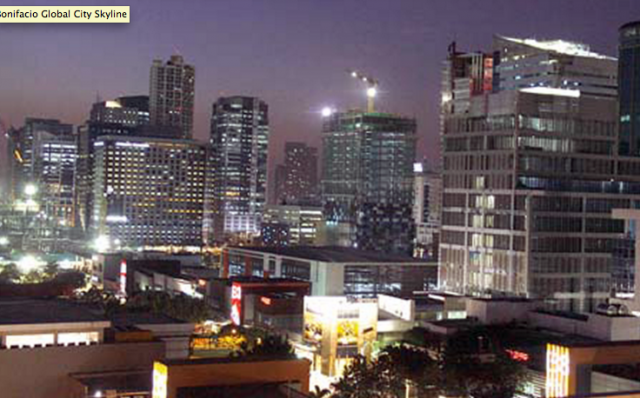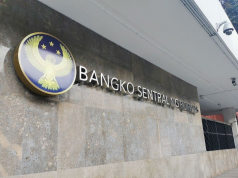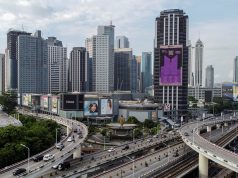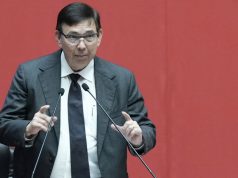MANILA — The Philippines has revised its 2022 gross domestic product growth (GDP) target to 7.0%-8.0% from the previous range of 7.0%-9.0% to take into account external risks, the government said on Tuesday.
It also slightly lowered the budget deficit target to 7.6% of GDP from 7.7%, among revisions that it said took into account the impact of Russia-Ukraine conflict, China’s slowdown, and monetary policy normalization in the United States.
The government, however, kept the GDP growth target PHGDP=ECI at the 6.0%-7.0% range for 2023 and 2024, as it expects the domestic economy to sustain its strong recovery in the medium term.
GDP would grow at the same pace in 2025, the economic managers on the Development Budget Coordination Committee (DBCC) said.
It also maintained the target budget deficits at 6.1% of GDP for 2023, 5.1% for 2024 and 4.1% for 2025, as it seeks to reduce the gap to pre-pandemic levels.
The narrower GDP growth target for this year comes after the domestic economy grew a better than expected 8.3% in the first quarter from a year earlier, and as President-elect Ferdinand Marcos Jr prepares to take office next month.
“As we transition to a new administration, we are confident that the country will not see an end to the enactment of more game-changing reforms,” the DBCC said.
Philippines’ anti-trust agency chief Arsenio Balisacan, who will be Marcos’ economic planning secretary, said on Monday he was “mindful of the immense work” required to accelerate recovery.
READ: Anti-trust chief to lead economic planning agency
Marcos could announce more appointees to his economic team by Friday, his spokesman said.
Ahead of the transfer of power, the economic managers proposed a 2023 national budget of 5.268 trillion pesos ($100.47 billion). That compares with this year’s budget of 5.02 trillion pesos
($1 = 52.4330 Philippine pesos)
—Reporting by Neil Jerome Morales and Enrico dela Cruz; Editing by Martin Petty










